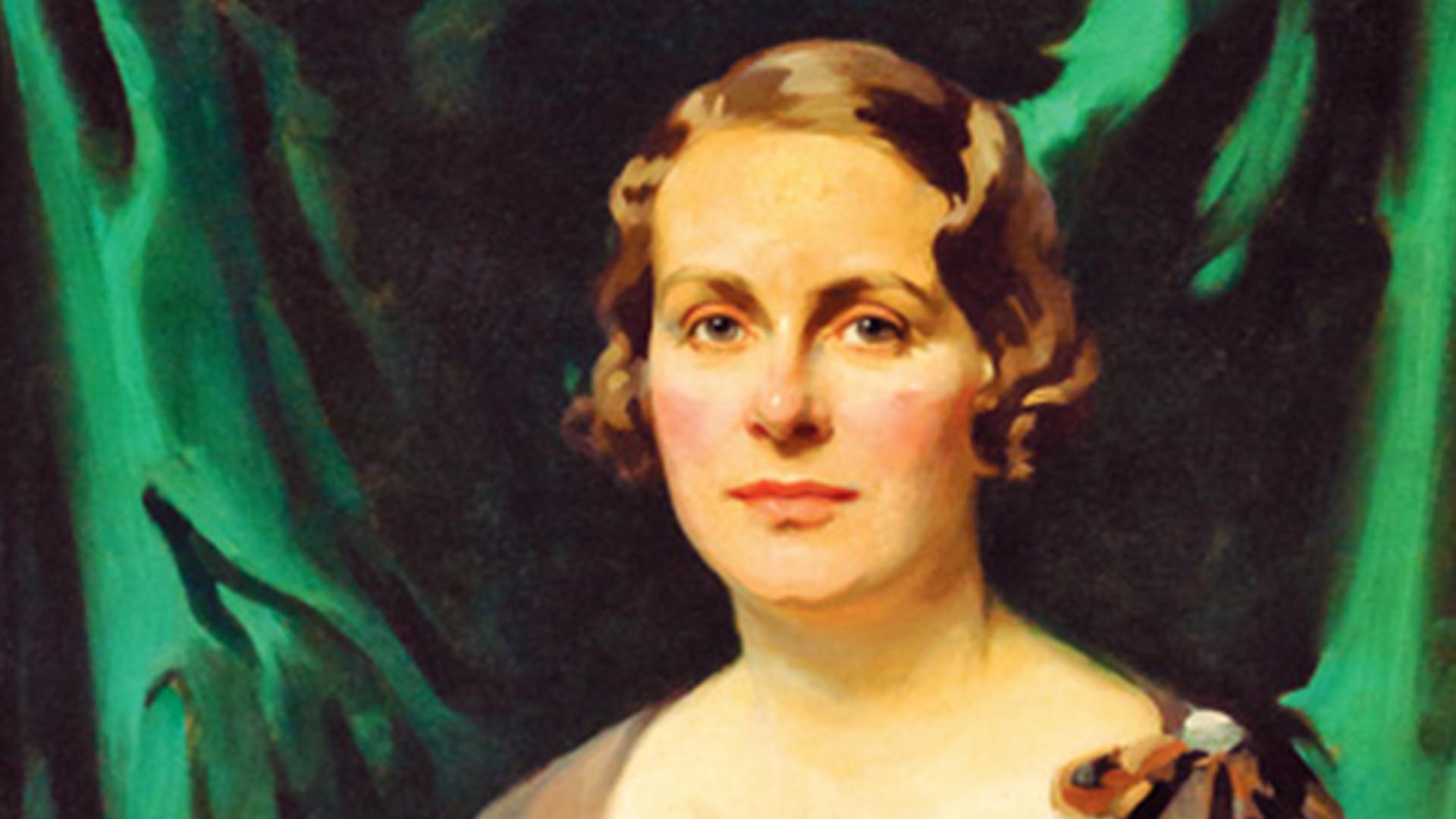Lighting the spark for women and electrical engineering
“Learn to ‘take the current when it serves’, and give yourself time to LIVE…”
This is taken from Dame Caroline Haslett’s book Teach Yourself Household Electricity, first published in 1939, because it pretty much sums up what this influential and visionary woman was about. And, for me, what better way to celebrate her than today, International Women’s Day.
Dame Caroline Haslett (1895 – 1957) was born in Worth, Sussex and had a penchant for electricity. She saw its “power” to set women free from consuming household chores, giving them time to pursue their own interests and fulfil their potential. Or, as Dame Caroline herself put it: “Way is being made by electricity for a higher order of women – women set free from drudgery, who have time for reflection; for self-respect.”
A boiler company in London is where Dame Caroline started her career, and it wasn’t long before she’d climbed the ranks. With an interest in engineering and having been taught how to use tools by her father (a railway fitter), she had the perfect grounding to be trained by the company in practical boiler design. But that wasn’t it – she also managed the London office.
After answering an advert for a “Lady with some experience in engineering works as organising secretary for a women’s engineering society”, Dame Caroline became the first secretary of the Women’s Engineering Society (WES), and which she later became president of in 1941.
It’s no surprise that Dame Caroline became a leading professional woman of her age. At 29 she was the joint founder and first director of the Electrical Association for Women (EAW) – an association founded to reduce the domestic drudgery of women’s lives through the use of electricity in the home. Aptly, one of its slogans was “Emancipation From Drudgery”.
Education was a primary focus of the EAW, which set-up training courses, apprenticeships and published a number of books – it even produced a brilliantly named play called: “Watts” in a Home. Alongside this it campaigned for improved infrastructure and access to electricity, and was represented on the committees of official bodies, like the British Standards Institution, and at a local level on numerous electricity boards and Home Safety committees.
On top of what’s already been mentioned, a sample of Dame Caroline’s other extraordinary achievements include: the only female member of the “Council of the British Institute of Management” and the “British Electricity Authority”, Chairman (Chairperson in today’s terms) of the “Council of Scientific Management in the Home”, Chairman of the “British Electrical Development Association” (the first time a woman had been appointed to that office), President of the “International Federation of Business and Professional Women” and companion of the “Institution of Electrical Engineers”. And if that’s not enough, she also designed a number of household appliances and undertook missions on behalf of the UK Government.
Dame Caroline did a lot in her time and was a true pioneer, paving the way for future generations. Even her decision to live alone, converting an old photographers’ gallery into a flat (which she wired herself), set new precedents in 1920s London, and was the subject of a newspaper article titled “Miss All-Alone”.
At last year’s LewesLight Festival my female peers and I created an installation that recognised Dame Caroline (visitors generated power by pedalling, which projected slogans such as “Emancipation From Drudgery” onto surroundings). We all work in lighting so are full of gratitude for the doors Dame Caroline has opened – after all, what we do would not be possible without electricity or equality in the workplace.
Banner Image courtesy of IET Archives


